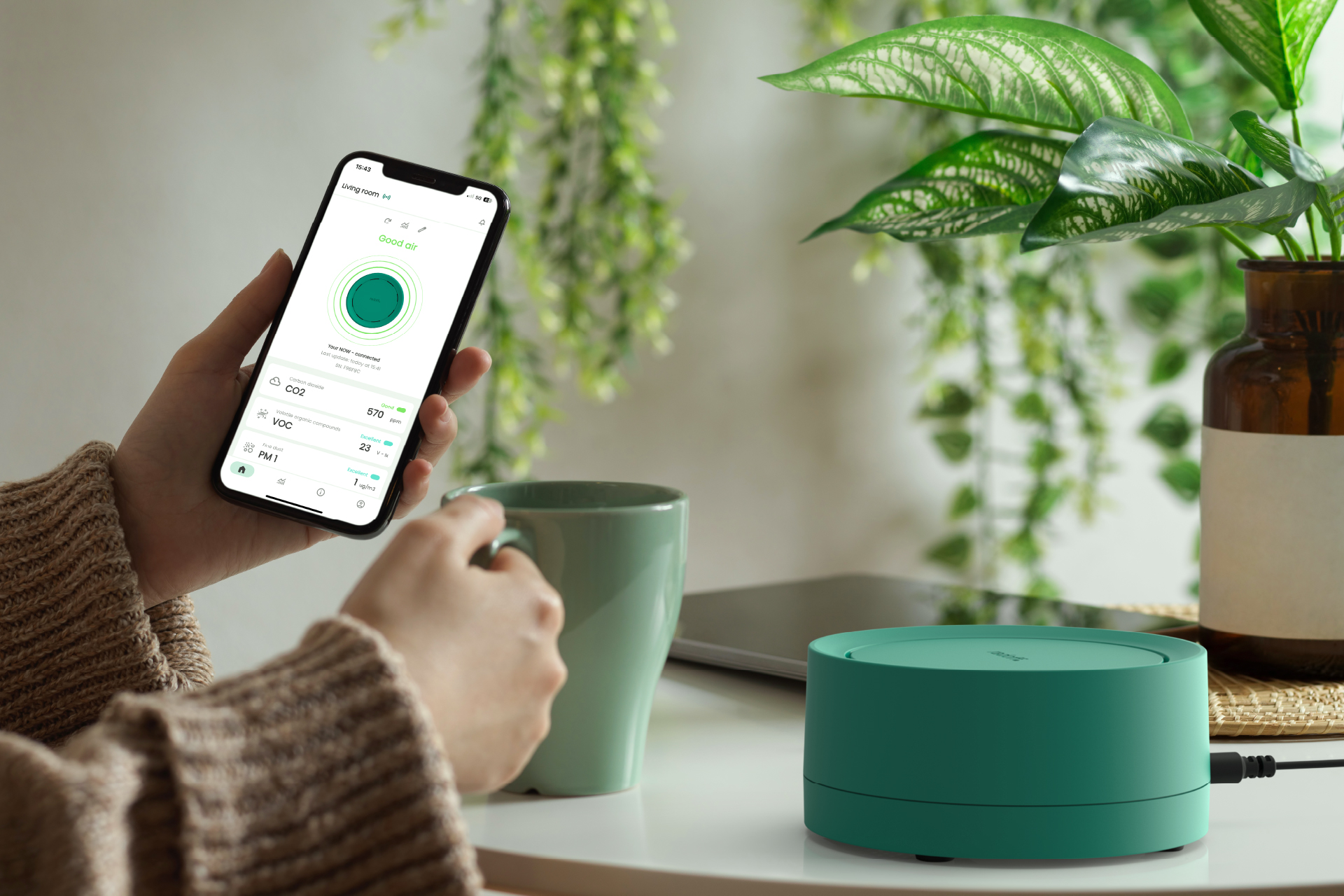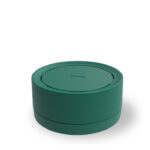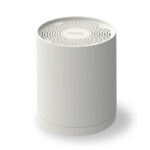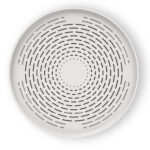September: the return to routine and indoor pollution

Air pollution does not exist only outside

When we talk about pollution, thoughts immediately go to factory smokestacks and car exhaust pipes, but the reality is that very often concentrations of pollutants are higher indoors, in closed environments. Those where we spend most of our time, that is, homes, schools, workplaces.
The problem has a well-known name – indoor pollution – and its consequences, in terms of health, can be very serious: the World Health Organization (WHO) estimates that exposure to polluted indoor environments is responsible for about 4 million deaths a year worldwide, as well as the onset of a range of symptoms and disorders including dermatitis, eye and throat discomfort, coughing, headaches, exhaustion, nausea, which collectively are called “sick building syndrome.”
The substances responsible are mainly volatile organic compounds, particulate matter, and radon; the first two are mostly derived from combustion (heating and cooking equipment for food), cleaning products used for cleaning, air fresheners used to scent rooms, paint and furniture shavings, and, in the case of radon, natural emissions from underground.
The issue has long been known to the scientific community, and there are now many studies that have attempted to assess and quantify the effects of exposure to indoor pollution: most recently, a paper recently published by experts from the Texas A&M University School of Public Health in the journal Atmosphere, which reiterates the danger of breathing unhealthy air indoors, which considering that these are the ones where we spend most of our days, becomes a particularly pressing issue.
What are the factors that contribute to indoor pollution?

Indoor pollution is an issue of increasing concern, especially as autumn and winter approach, when we tend to spend more time indoors.
In September, several factors are known to contribute to indoor pollution, including increased use of heating and food cooking, which can emit pollutant particles into the air; humidity, which can increase due to fall rains promoting the growth of mold and fungi that can impair air quality;and chemicals (VOCs) from the use of cleaning products, paints or renovations Poor ventilation: With windows closed due to cold weather, ventilation can be insufficient, reducing the supply of fresh air.
Radoff solution

Monitoring and managing indoor pollution is critical for health and well-being, especially as the colder season arrives.
Discover our solutions:
If you have a business and care about the health of customers and employees, contact us to find out the best solution for your business sector.
Contact: info@radoff.life







